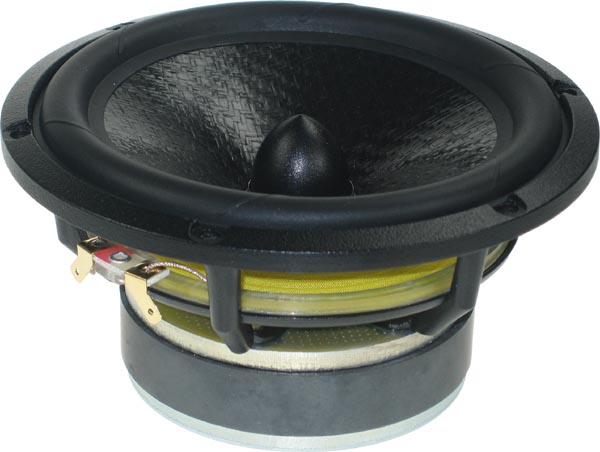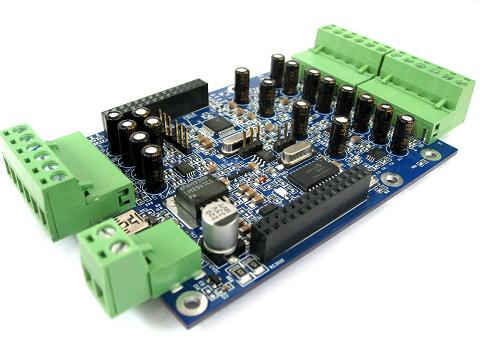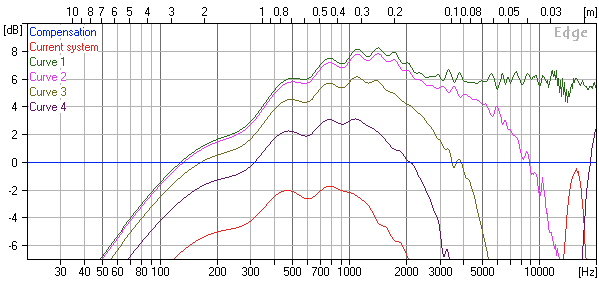My miniDSP/open-baffle article is now online
The first part of my tutorial on the open-baffle 4-way speaker is now online on Hifi Zine: http://www.hifizine.com/2010/12/prototyping-4-way-open-baffle-speaker-with-the-minidsp-2×4/Read More →
The first part of my tutorial on the open-baffle 4-way speaker is now online on Hifi Zine: http://www.hifizine.com/2010/12/prototyping-4-way-open-baffle-speaker-with-the-minidsp-2×4/Read More →

After modeling what feels like a hundred mid-woofers, I have decided on the drivers for a new active two-way speaker. It will, of course, use a miniDSP as crossover, but this time I am going to use it in “preamp” mode, and furthermore add the miniAMP module. The aim of the project is to see what I can come up with that is along the lines of a “lifestyle” system but which also satisfies some fairly demanding “audiophile” requirements. The idea is that it isn’t going to have to be placed out into a room – as many of you probably know, the reaction yourRead More →

I’ve been reading a bit about the use of multiple subwoofers to improve bass response and/or to reduce spatial variation in the response. In particular, the paper “Low-Frequency Optimization Using Multiple Subwoofers” by Todd Welti and Allan Devantier shows how placement of multiple subwoofers can be used to optimize response or spatial variation. They document the results from running a search algorithm over a multi-dimensional space defined by: The particular combination of subwoofers selected (two or four out of eight, in the most interesting part of the paper) The gain of each subwoofer The delay of each subwoofer The frequency and cut of a singleRead More →

Here is an option for the mid-bass unit that makes this an even more sensitive dipole than the initial proposal. And that is to use a Lambda Acoustics TD15M woofer. Here is the modeled response of this driver in infinite baffle, with 55W input power: With the higher rolloff frequency, the subwoofers will definitely be required for this version. However, with a nominal sensitivity of 97 dB/W/m, we gain a lot of transient capability in the 100 to 600 Hz region (or wherever the crossover ends up being). The gradual rolloff is because of the driver’s relatively low Qts – it’s not ideal for dipoleRead More →

Thanks to Rudolf Finke, I’ve realized that I can do off-axis simulations with the Edge, by changing the microphone distance and horizontal offset. This is important to ensure that the polar response of the drivers is not mismatched at the crossover point. Here is the simulated response of the woofer at angles of 0, 15, 30, 45, and 60 degrees: Note: the microphone is at 3m distance and 1m height. It’s not on the woofer axis. Here is the simulated response of the midrange at the same angles: From these curves, it look like a perfect crossover point to match the dispersion of the twoRead More →